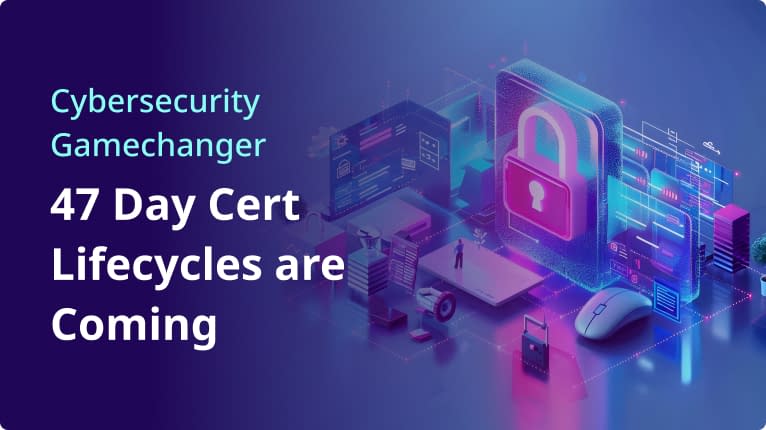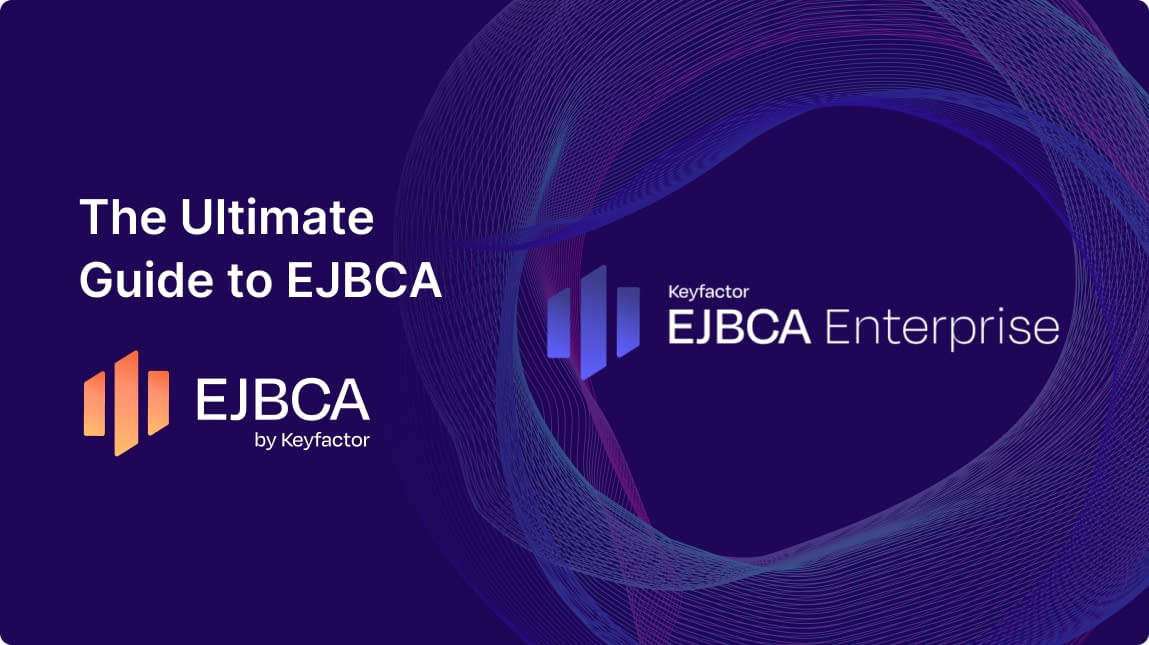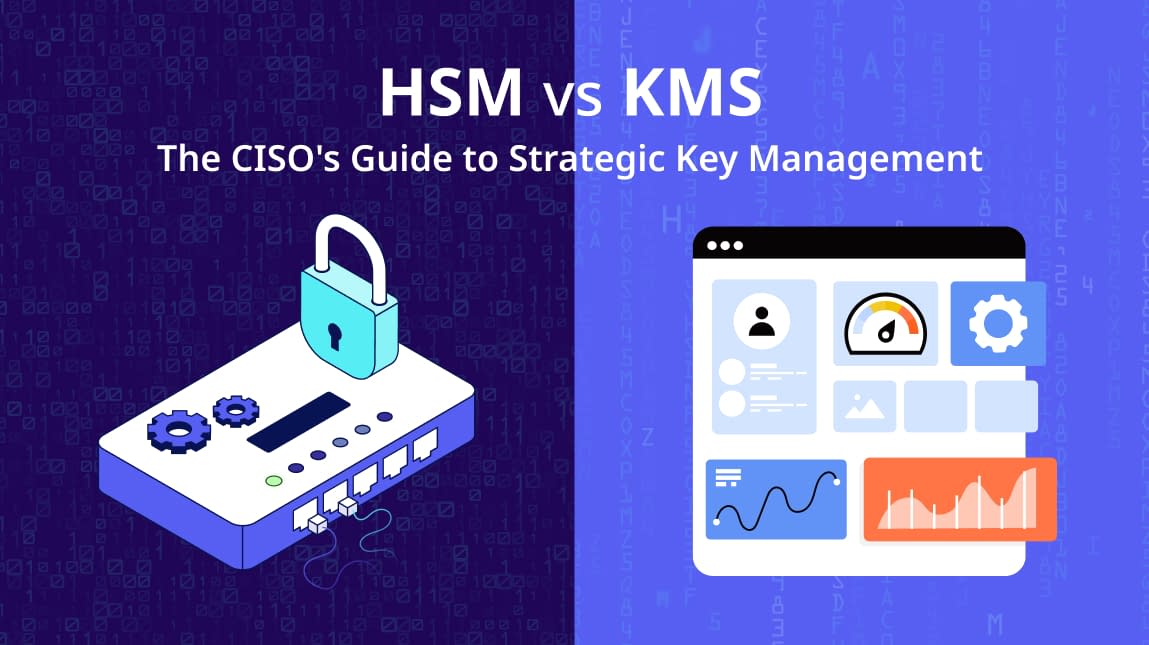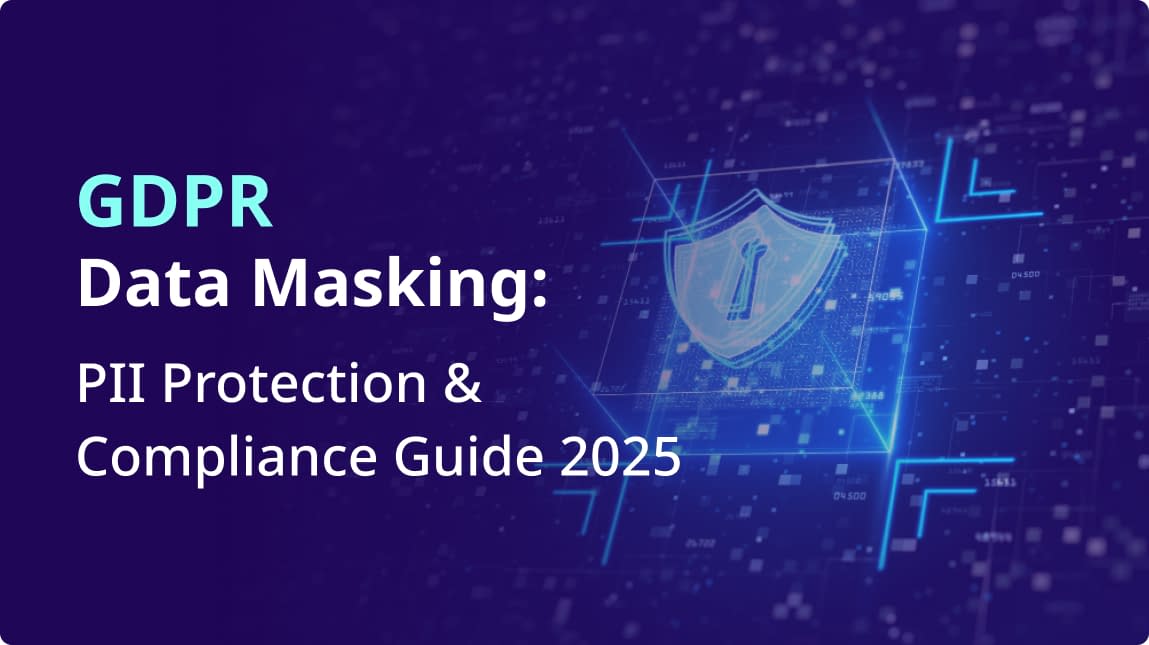The operational landscape for managing the Public Key Infrastructure (PKI) that supports TLS is undergoing a significant transformation. Central to web security, TLS certificates provide essential server authentication and session encryption, underpinning secure HTTP (HTTPS) and other protocols. The CA/Browser Forum, a consortium of Certificate Authorities (CAs), browser/OS vendors, and other stakeholders, serves as the primary venue for establishing industry-wide operational standards for publicly trusted certificates, like TLS certificates. The lifecycle management of these certificates, governed by the CA/Browser Forum’s Baseline Requirements (BRs), dictates the maximum validity periods allowed by relying parties, primarily web browsers and operating systems.
Historically, certificate lifespans have progressively decreased from several years down to the current 398-day maximum (established via CA B Forum’s Ballot SC62). This continual evolution toward increasingly shorter certificate life spans reflects ongoing efforts to mitigate risks associated with key compromise and improve PKI hygiene. A recently passed landmark ballot within this Forum now mandates a further, aggressive reduction in maximum certificate validity, compelling organizations to adapt their certificate lifecycle management (CLM) strategies and tooling.
Shorter, Smarter, Safer: The Internet’s Digital Locks Are About to Change Forever
From my vantage point as a cybersecurity leader, the digital landscape is in constant, high-stakes flux. There is no doubt that cyber threats are evolving with alarming speed. At the same time the era of quantum computing looms, demanding proactive shifts in our foundational security. It’s within this context that a truly radical transformation is coming to a core component of online trust: the SSL/TLS certificate.
The CA/Browser Forum, the essential consortium where industry stakeholders like ourselves forge the rules for digital identity, has decisively acted. Backed by influential voices including Apple and Certificate Authority Sectigo, a newly passed ballot mandates an aggressive reduction in maximum certificate lifespan – down from over a year (398 days) today to just 47 days by March 2029.
As someone deeply engaged in digital identity and risk management, I don’t see this as mere disruption. I view it as a necessary, albeit challenging, realignment of priorities across the industry. This pivotal decision tackles the inertia of legacy practices head-on. It compels a decisive shift away from risky manual certificate handling towards the principles vital for future security: dramatically improved proactive risk mitigation through shorter exposure windows, the mandated embrace of full automation in certificate lifecycle management, and the critical development of the crypto-agility we absolutely need to navigate the post-quantum future. This isn’t just a technical tweak; it’s about fundamentally enhancing how we secure interactions from critical e-commerce platforms to sprawling cloud infrastructure.
Why 47 Day Certs Matter
The transition from 398 day to 47 day certificates is monumental. It means that TLS certificate validity periods will be 8 times shorter than they currently are. For IT administrators and cryptography teams currently managing their certificates manually, the burden of significantly more renewals may be too much to manage. To ease the strain on teams and ensure a smooth transition, the reduction in certificate validity periods will unfold over three phases beginning in 2026:
- March 15, 2026: Maximum validity drops to 200 days, representing a 50% reduction certificate validity periods.
- March 15, 2027: Further reduced to 100 days, representing a further 50% reduction.
- March 15, 2029: Final transition to 47-day certificates, representing a final halving of certificate lifespans.
Although this change may seem operationally challenging at first glance, but it paves the way for greater digital resilience for teams. The push to shorter certificate validity periods can be the catalyst to drive positive change to your organization’s cybersecurity posture. Here are three key ways that shorter certificates will benefit your organization:
47-Day Certs Mean Reduced Security Risk
The most immediate security benefit of a 47-day certificate lifespan is the drastic reduction of the temporal attack surface associated with cryptographic compromise. If a certificate’s private key is compromised – through theft, accidental disclosure, system breach, or vulnerability exploitation – its maximum potential usability by an attacker is strictly limited to the short remaining validity period (at most 47 days).
This significantly diminishes the value and risk associated with stolen keys, limiting the duration attackers can successfully:
- Impersonate legitimate services to deceive users or other systems.
- Conduct effective Man-in-the-Middle (MitM) attacks to intercept or manipulate traffic.
- Decrypt captured TLS traffic (in scenarios where key compromise allows this).
- Leverage stolen code-signing certificates for malware distribution.
Furthermore, this rapid cycling accelerates the natural purging of potentially weak, mis-issued, or non-compliant certificates from the ecosystem, improving overall PKI hygiene and integrity. It forces security operations to align with the faster operational tempo increasingly employed by modern threat actors, moving away from a “set it and forget it” mentality.
47-Day Cert Life Spans Require Automation
Operating effectively with a 47-day renewal cycle renders manual certificate lifecycle management entirely unsustainable for most organizations. This change effectively mandates the adoption of comprehensive Certificate Lifecycle Management (CLM) automation.
Success requires robust CLM platforms and tooling capable of handling the full certificate lifecycle at scale, including:
Automated Discovery and Inventory: Continuous identification of all TLS certificates across the enterprise infrastructure (servers, appliances, cloud services, containers, IoT devices).
Policy Enforcement: Consistent application of organizational security policies regarding key length, algorithms, issuance procedures, and usage.
Automated Request and Issuance: Streamlined certificate requests and integration with CA issuance platforms.
Automated Validation: Leveraging protocols like ACME (Automated Certificate Management Environment) with its DNS-01 or HTTP-01 challenges to perform domain validation without manual intervention.
Secure Deployment: Automated installation and configuration of certificates on diverse endpoints like web servers (Apache, Nginx, IIS), load balancers (F5, NetScaler, HAProxy), application delivery controllers, cloud platforms (AWS ACM/ELB, Azure Key Vault/App Gateway), and container orchestrators (Kubernetes via cert-manager).
Timely Renewal: Proactive, automated renewal well before expiration.
Automated Revocation: Streamlined revocation processes when certificates are known or suspected to be compromised.
Beyond mere necessity, this shift to deep automation significantly enhances operational resilience by eliminating outages caused by expired certificates, drastically reduces human error inherent in manual processes, ensures consistent policy application for compliance, and frees up valuable technical staff from repetitive tasks to focus on more strategic security initiatives.
Shorter Cert Lifecycles Promote Quantum Readiness
The looming threat of fault-tolerant quantum computers capable of breaking current public-key cryptography (like RSA and ECC) necessitates crypto-agility. This is the organizational and technical capability to rapidly and reliably transition an organization’s entire cryptographic infrastructure – including algorithms, protocols, and associated keys/certificates – to new standards as they emerge or are mandated.
Migrating the global PKI to Post-Quantum Cryptography (PQC) standards will be a monumental task, likely involving the replacement of all public-facing TLS certificates, and potentially their entire trust chains including intermediate CAs, with new certificates utilizing PQC algorithms. A 47-day certificate lifecycle forces organizations to confront this challenge proactively by compelling them to build, test, and operationalize the high-velocity automation required for such mass migrations well before the quantum threat becomes imminent.
It transforms frequent certificate rotation from a desirable hygiene practice into a fundamental, validated operational capability. Organizations build the institutional ‘muscle memory’ and refine the infrastructure pipelines (discovery, issuance, deployment, verification) essential for executing future cryptographic transitions smoothly, securely, and at scale. Developing this proven crypto-agility today represents a distinct strategic advantage in preparing for the inevitable PQC era and managing unforeseen cryptographic vulnerabilities in the future.
Navigating the Transition
The imminent shift to a 47-day maximum TLS certificate validity, mandated by the CA/Browser Forum and beginning its phased rollout in March 2026, renders manual certificate management obsolete. Relying on spreadsheets or scripts will inevitably lead to certificate-related outages, security vulnerabilities, and compliance issues due to the sheer frequency of renewals. This industry-wide change necessitates a strategic imperative: comprehensive automation.
Adapting successfully hinges on robust Certificate Lifecycle Management (CLM). Industry-leading platforms, such as those by Keyfactor and CyberArk Venafi are purpose-built to address this complexity head-on. Best-in-class certificate lifecycle management (CLM) solutions provide the features to successfully manage 47-day certs, including:
Centralized Visibility: Discover, inventory, and manage all certificates across diverse environments (cloud, on-prem, hybrid, IoT).
Policy Enforcement: Define and consistently apply cryptographic standards and security policies.
End-to-End Automation: Fully automate issuance, validation (via ACME), provisioning, renewal, and revocation processes across your infrastructure.
Implementing these solutions is essential not only for handling the high-velocity 47-day cycle but also for tangibly enhancing security by minimizing key exposure windows and building the foundational crypto-agility crucial for future post-quantum migrations.
The Road Ahead
The CA/Browser Forum’s decision is more than a policy update — it signals a broader industry philosophy. We’re moving from static, legacy PKI practices to an era of continuous, automated, and agile digital identity. The CA/Browser Forum’s vote demonstrates alignment between browser vendors, certificate authorities, and security professionals — and that kind of unity is exactly what’s needed as we prepare for the next wave of digital threats.
Whether you’re a CISO, DevOps lead, or IT architect, now is the time to assess your organization’s certificate strategy. Audit your inventory. Prioritize automation. Invest in agility.
Because the future of trust will belong to those who can adapt — in 47 days or less.
At Accutive Security, we help enterprises navigate exactly these kinds of industry-wide shifts with clarity and confidence. Our team specializes in PKI architecture, certificate lifecycle automation, and cryptographic modernization, offering both advisory and implementation services tailored to your infrastructure. Whether you’re building out automated workflows to support 47-day renewals or preparing your environment for post-quantum cryptography, Accutive Security provides the expertise and hands-on execution to secure your digital ecosystem—today and into the future.












Comment